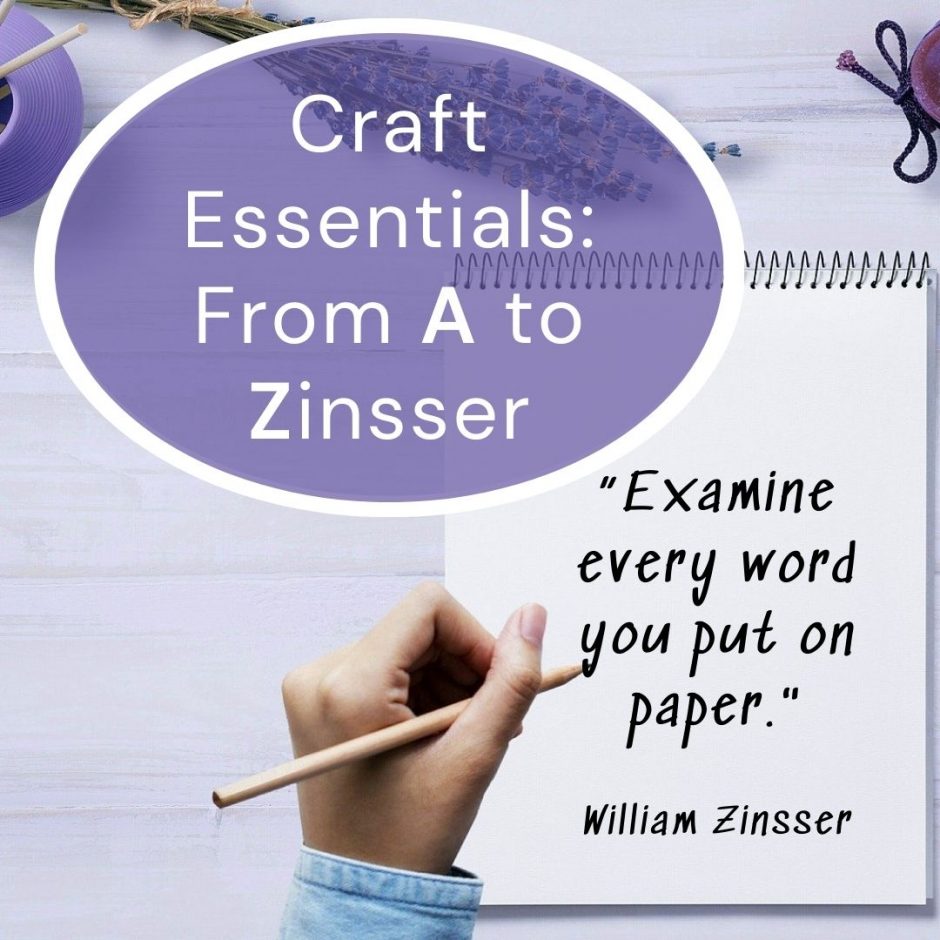“You can solve most of your writing problems if you stop after every sentence and ask: what does the reader need to know next?”
William Zinsser, On Writing Well
As a reader, how long are you willing to struggle to make sense of an article or book that doesn’t seem to make sense? It may lack sufficient description or information – which deprives the reader of clarity. When that happens, I often believe the story existed in the writer’s mind but missed the transfer to the page. The reader is lost and often the work is abandoned. While this is a challenge for some, putting additional words on the page to clarify and connect the dots is easier than discarding those with whom you’ve already fallen in love.
The greater challenge – the opposite scenario – is also true. Have you experienced a highly anticipated book with a great premise but discover the author’s style features sentences the length of the Gettysburg Address? By the time you reach the end of the paragraph, the topic is muddled, and the reader is lost. The story line has taken a detour and the reader flips back several pages in an attempt to solve the riddle. The results are similar to those above. Frustration, and the book is abandoned. You may leave it on the nightstand to protect the wood from the water ring. But you’ve left it behind.
My favorite writing guru, Professor William Zinsser addressed the issue often with his students. “Clutter is the disease of American writing.”
As a writing coach, I’m often asked to review books for potential publication. Writers are hesitant to submit the work without a professional assessment. I provide this level of support and insight when working with an aspiring author. But when a writing hopeful has worked without coaching, mentoring, or input from a critique partner or group, anxiety about this next step toward publication is common.
Even in what I consider high-potential work, there’s often vital improvement that must be done before it’s submission ready. Routinely I find one of the two issues described in the opening paragraphs.
The “story” never made it to the page – at least not enough for the reader to be swept in.
- Transitions are missing or insufficient.
- Descriptions are sparse if they exist at all.
Far more often the problem is the in-depth description that sends the reader on a scavenger hunt for the plotline.
- The elaborately detailed scene or section would have been improved had it been done in 1/3 of the time.
- The reader is worn out and confused by the non-essential information which found its’ way to the page.
We do fall in love with the words we’ve written.
At times the words flow onto the page with little effort, plucked from the heavenlies, inspired by the moment or the muse. These are magical but elusive experiences.
More often we struggle and the word fairy mocks us. When the right words appear, we celebrate, energized to press on. The suggestion to remove even a few is akin to plucking out one’s eye.
But it’s not about us. It’s always about the reader.
“Hard writing makes easy reading. Easy writing makes hard reading.”
William Zinsser
Which of these scenarios – too little or too much – are challenging you?

Deborah DeArmond is a recognized leader in the fields of performance development, facilitation. She is a certified writing coach as well as an executive business coach. She is also an award-winning author.
Deb’s the author of Related by Chance, Family by Choice, I Choose You Today, and Don’t Go to Bed Angry. Stay Up and Fight! All three books focus on relationship dynamics, communication, and conflict resolution. Her humorous devotional entitled Bumper Sticker Be-Attitudes was published in late 2019. Her newest release, We May Be Done But We’re Not Finished: Making the Rest of Your Life the Best of Your Life was released in July. She has published more than 200 articles in print and online, including a monthly column, now in her 7th year for Lifeway Magazine with an international circulation of 300,000.
Deb helps clients achieve success in becoming the coach others desire to work through through her engaging inquiry, humor, and straightforward approach. Her clients have described Deb as “candid but kind” and skilled at asking the questions that help “guide others to discover their answers and solutions to success.”
- Website: debdearmod.com
- Pinterest Deb DeArmond
- Facebook Author Deb DeArmond







1 Comment
Great Article and love the quotes.. Thank you